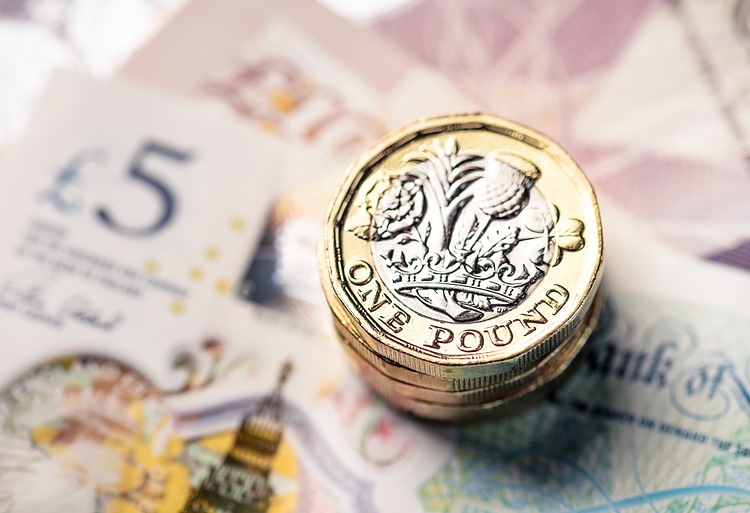GBP/USD took a hit on Monday, dropping by half a percent as the Pound’s recent recovery against the US Dollar abruptly came to an end. Traders are now cautious as they enter a busy trading week, with multiple central bank figures scheduled to speak and global Purchasing Managers Index (PMI) figures set to be released. The uncertainty in the market comes after Fed officials warned that the pace of rate cuts may slow down, leading investors to reevaluate their positions.
With a fresh test below the 1.3000 handle, GBP/USD started the week on a downward trend as traders await key events that could influence the currency pair’s direction. Among these events, investors will be closely watching for an appearance from Bank of England (BoE) Governor Andrew Bailey on Tuesday. Bailey is expected to deliver speech notes at the Bloomberg Global Regulatory Forum in New York, adding to the market’s anticipation.
Another important event for Pound Sterling traders this week is the release of global PMI figures, with UK data starting off the list on Thursday. Market forecasts suggest a slight decline in UK activity numbers, specifically in the Services PMI which is expected to ease from 52.4 to 52.2. The outcome of these figures could impact the momentum of the Pound against the US Dollar and set the tone for future movement in the pair.
Currently, the GBP/USD pair is trading with a bearish bias, hovering near 1.2982 after failing to hold above the 1.3000 handle. The short-term trend is controlled by bears, with the price below the 50-day EMA at 1.3089. The next major support level is at 1.2845, where the 200-day EMA is located, providing potential downside protection. If sellers maintain pressure, a break below this level could lead to further losses towards 1.2800.
On the technical side, the MACD indicator suggests a weak outlook, with expanding negative momentum and the MACD line below the signal line. Bulls are struggling to regain momentum, and a failure to break above the 50-day EMA adds to the downside risks. A daily close below 1.2900 could confirm the bearish sentiment, while a move back above 1.3100 is needed to restore the pair’s upside potential.
The Pound Sterling, as the official currency of the United Kingdom, holds a significant position in the global foreign exchange market. It is the oldest currency in the world, with GBP/USD (Cable) being one of the most traded currency pairs, accounting for 11% of FX transactions. The value of the Pound is influenced by factors such as monetary policy decisions by the Bank of England, economic data releases, and the Trade Balance indicator.
Monetary policy decisions, primarily centered around maintaining price stability, play a crucial role in determining the value of the Pound Sterling. The Bank of England adjusts interest rates based on inflation levels, aiming for a steady rate of around 2%. Economic indicators like GDP, PMIs, and employment data also impact the strength of the Pound. A strong economy with positive data releases can lead to an increase in foreign investment and a potential rise in interest rates, strengthening the Pound.
The Trade Balance is another important indicator for the Pound Sterling, measuring the difference between exports and imports. A positive balance strengthens a currency by increasing demand for exports, while a negative balance can weaken the currency. Overall, the Pound Sterling remains a key player in the forex market, subject to various economic factors and events that shape its value against other major currencies like the US Dollar.











